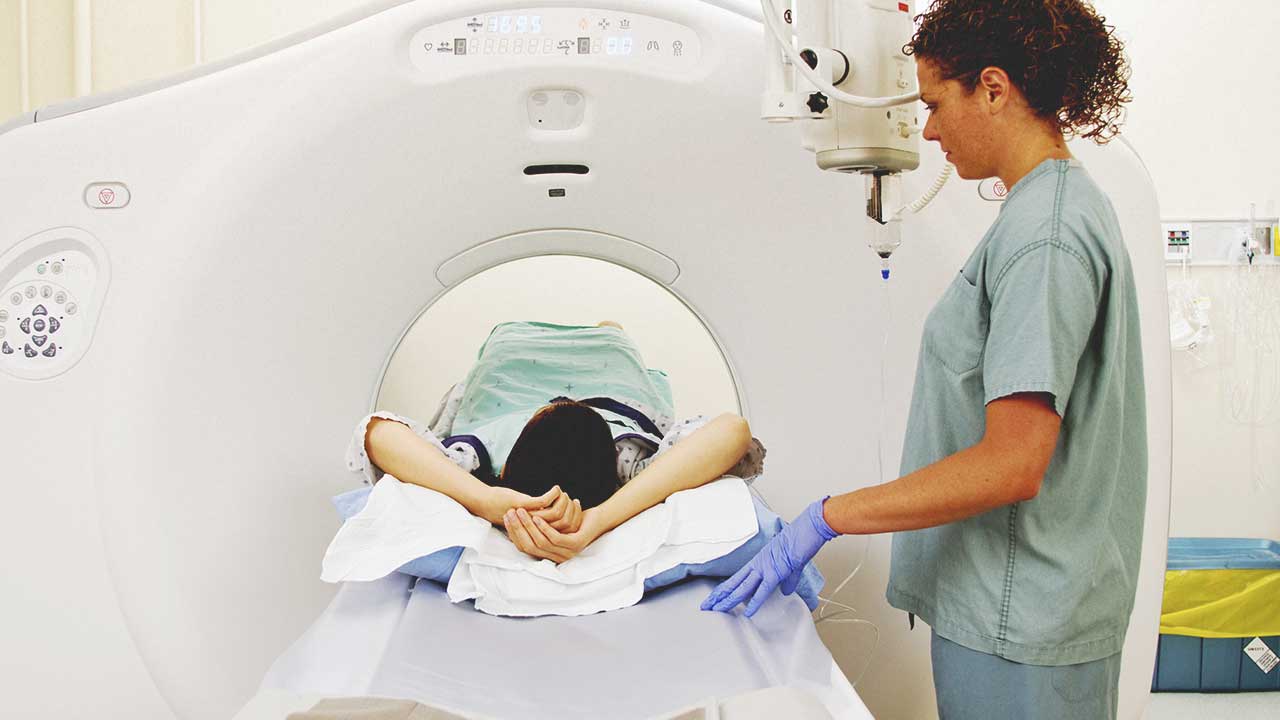
The first step to staying on top of your ankylosing spondylitis (AS) is making regularly scheduled appointments with your doctor. Of course, that also means actually keeping them and discussing your current condition, symptoms, and treatment approach.
Not sure what to ask or discuss? Read on for treatment-related AS questions.
What are my treatment goals?
Your answer to this question is as important as your doctor’s. Begin by telling your doctor what you hope to get out of treatment.
Some of the goals of treatment for ankylosing spondylitis (AS) may be:
- slow disease progression
- alleviate pain and inflammation
- prevent permanent damage to your spine and other joints
- maintain or improve overall quality of life
You might also have specific goals having to do with your occupation or physical activities you enjoy. It’s worth bringing those things to your doctor’s attention.
Because AS is different for everybody, your doctor will make recommendations based on your current condition, with your personal preferences in mind. You can review the potential benefits and side effects of each form of therapy before making a decision.
AS is a chronic inflammatory condition, so your symptoms may fluctuate over time. Whatever therapies you ultimately choose, you can make adjustments as needed.
You should probably discuss your progress in meeting your treatment goals at each visit.
What medications should I take?
Quite a few classes of medication are used to treat AS. Which one is best for you depends on your treatment goals and how far the disease has progressed.
Whatever medication you choose, you’ll probably start at the lowest possible dose and adjust it accordingly. If one medication isn’t working, there are others to choose from. It might take some trial and error to find the one that works for you.
Ask about the possible benefits and risks of each drug. Following are some of your options:
Disease-modifying antirheumatic drugs (DMARDs) are designed to help slow disease progression. These medications may require regular testing of your blood or liver function.
Nonsteroidal anti-inflammatory drugs (NSAIDs) are oral medications used to treat pain and stiffness. You can buy NSAIDs over the counter, but your doctor can prescribe a stronger dose, if needed. It may take several weeks before your symptoms begin to improve.
NSAIDs can be effective but also come with a variety of possible side effects. Some of the more serious ones involve problems with your stomach, liver, kidneys, and heart. The potential for dangerous side effects increases the longer you use them.
Corticosteroids can provide fast, but temporary, relief from inflammation. They can be injected directly into affected joints. They general aren’t injected into the spine, however.
Biologics affect your body’s inflammatory response. They’re usually given intravenously or by injection. A variety of biologics are available with a range of possible side effects. If you start using this type of medication, your doctor will have to monitor your reaction to it.
Am I doing the right exercises?
Physical activity is a vital part of an AS treatment plan. Exercise can help tackle pain and make you feel better overall. Building muscle helps provide support for your joints. Range-of-motion exercises can help keep you flexible and ease stiffness.
While exercise is a positive thing, you can aggravate your symptoms and stress your joints if you do them incorrectly. Talk to your doctor about your exercise routine and ask how it can be improved.
Sometimes it helps to work with a physical therapist. They can teach you how to get the most out of exercise without damaging your joints. In fact, working out with supervision has been found to be more effective than exercising alone. Your doctor can refer you to a qualified physical therapist.
Is there anything else I can do to prevent spine and joint damage?
Based on your medical history, lifestyle, and treatment goals, your doctor may have additional suggestions such as:
- how to practice good posture
- the best position for sleeping and what type of bedding or pillows might help
- what assistive devices or home adjustments might prove useful
- what activities are too stressful on your spine or other joints
- what other specialists can provide services
In people with AS, smoking has been linked to poor functional outcome. If you smoke and can’t quit, your doctor can recommend a smoking cessation program.
Should I be on a special diet?
There’s no one-size-fits-all diet for AS, but a balanced diet is essential for good health. With your total health picture in mind, your doctor may be able to point out some dietary changes to help you feel better and improve your health.
If you need to lose weight, have other health problems, or just need a little push in the right direction, your doctor can refer you to a qualified nutritionist or dietician.
How can I prepare for my next appointment?
You ask one question and before you know it, you’re on to a new topic. That’s not an unusual occurrence during a doctor visit. It’s also not unusual to get home and realize you didn’t quite understand something, or you have follow-up questions.
One solution to this problem is to keep an AS journal that you can bring to all your appointments. It’s a great way to keep track of questions and answers, changes to treatment, and doctor recommendations.
Here are a few things you should update before each appointment:
- List of all prescription and over-the-counter medications you take, including dose and frequency. Don’t forget to list dietary supplements.
- If this is your first visit, bring any medical records and test results pertaining to your medical history.
- List of new or worsening symptoms of AS. Include other symptoms you may be having because they could actually be related to AS. Even if they’re not, they still need to be factored into your treatment.
- Side effects and concerns about current medications.
- Questions about any recent test results.
Bunyard, M. P. (2010, August). Ankylosing spondylitis. Retrieved from http://www.clevelandclinicmeded.com/medicalpubs/diseasemanagement/rheumatology/ankylosing-spondylitis/
Medications used to treat ankylosing spondylitis and related diseases. (n.d.). Retrieved from http://www.spondylitis.org/Medications
Questions and answers about ankylosing spondylitis. (2016, June). Retrieved from https://www.niams.nih.gov/health_info/ankylosing_spondylitis/



